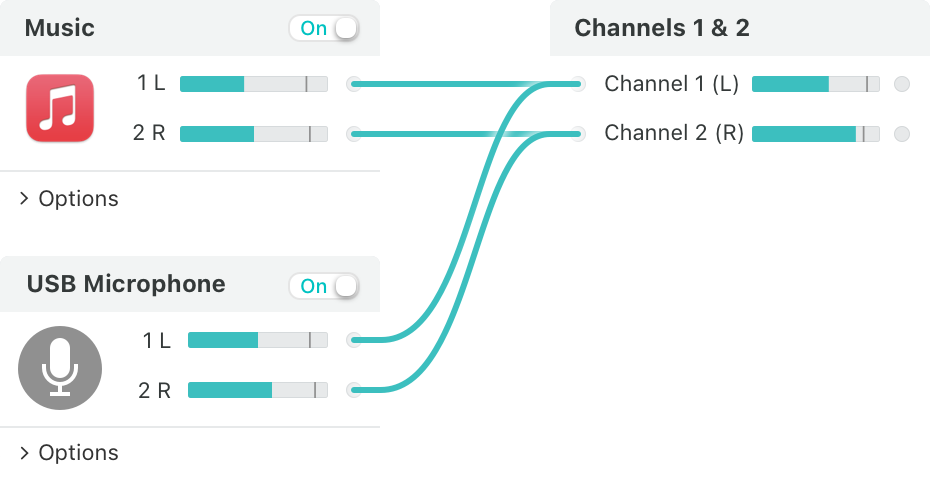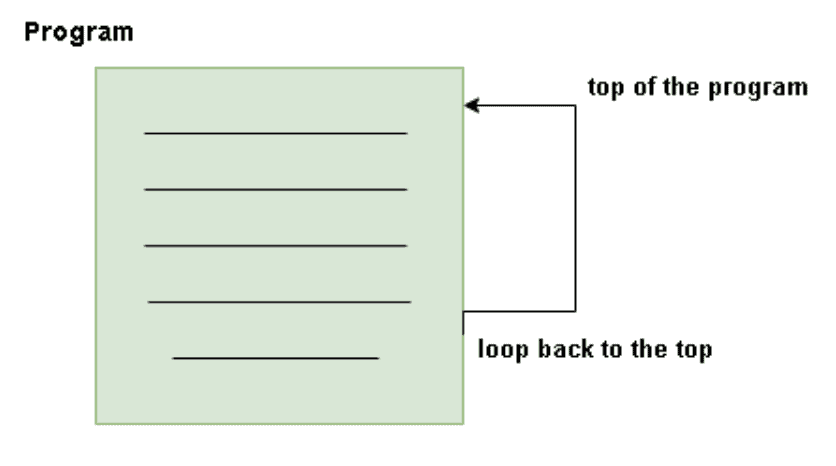

When you are done, unmount all logical volumes and deactivate the volume groups with lvm vgchange -an. Each should appear in /dev/mapper, typically with the device name (volume group name)-(logical volume name), like VolGroup00-LogVol00. Now you can finally mount the LVM logical volumes. Tell LVM to scan for new physical volumes: lvm pvscanĪctivate the volume groups: lvm vgchange -ay (it will print something like 2 logical volume(s) in volume group “VolGroup00” now active). Get LVM to recognize the physical volume and activate the volume groups:
#Loop back device manual
Now whichever method you used, you have a loopback device with the LVM physical volume partition: /dev/loop0p? (2 in my case) if you used the easy way, or /dev/loop0 if you used the manual offset method.

Here, the second partition starts at sector 401625, and each sector is 512 bytes, so the offset is 205632000. Now, remove the whole disk image from /dev/loop0: losetup -d /dev/loop0 and set /dev/loop0 to just the LVM partition by adding the partition offset.

My image shows something like this:ĭisk /dev/loop0: 250 GB, 250056737280 bytesĢ55 heads, 63 sectors/track, 30401 cylinders, total 488392065 sectors This lines add another loopback named loop1, loop2, loop3: sudo ip link add name loop1 type dummy sudo ip link add name loop2 type dummy sudo ip link add name loop3 type dummy. creating multiple aliases to one device, with an attachment of different IP.
#Loop back device driver
I use sector offsets (-u flag) rather than cylinders because they are easier to work with and some partitions may not fall on cylinder boundaries. Dummy driver is used for the making of multiple loopbacks device instead of. Now that /dev/loop0 looks just like the block device image, so check out the partition table sector offsets with fdisk: fdisk -u -l /dev/loop0. If you can’t do the easy method, mount the whole disk image loopback to look at the partition offsets: losetup /dev/loop0 sda.img Now you’re already done - you can go directly to the next section to deal with LVM directly. Now you should see /dev/loop0p1,/dev/loop0p2, etc. Next, mount the whole disk image loopback: losetup /dev/loop0 sda.img. An easy way to make sure is to remove it and re-insert with the right parameter: modprobe -r loop & modprobe loop max_part=63 There are two ways to get to the LVM partition on this disk, and I’ll cover both: 1) the manual offset finding way and 2) the easy way.įirst, the easy way: make sure the loopback module is inserted with the max_part parameter, which causes the automatic creation of loopback subdevices for individual partitions.
#Loop back device full
Here’s the full process of mounting LVM logical volumes from a full disk image:
#Loop back device iso
For example, by attaching a CD-ROM ISO image to a loopback device and mounting it, you can access the image the same way that you can access the CD-ROM. The loopback file can contain an ISO image, a disk image, a file system, or a logical volume image.

I don’t work with LVM much manually, so I had to look up the commands to get it to find physical volumes and activate volume groups. A loopback device is a device that can be used as a block device to access files. I didn’t notice when I took the disk image, but the disk only contained two primary partitions: /boot and an LVM physical volume containing the rest of the partitions as LVM logical volumes. The system is going down for poweroff NOW!Ħ7.684226) sd-umoun: Failed to unmount /oldroot : Device or resource busyĦ7.686182) sd-umoun: Failed to unmount /oldroot/run/miso/bootmnt: Device or resource busy 62.682561) sd-umoun: Failed to unmount /oldroot/run: Device or resource busyĦ7.691279) shutdown(1): Could not detach loopback dev/loop3: Device or resource busyĦ7.691607) shutdown: Could not detach loopback dev/loop2: Device or resource busyĦ7.691768) shutdown: Could not detach loopback dev/loop1: Device or resource busyĦ7.691921] shutdown: Could not detach loopback dev/loop0: Device or resource busyĦ7.693902) shutdown: Failed to finalize file systems, loop devices, ignoring.Recently I needed to extract some files from the root partition in a full disk backup image taken with dd. Both Gnome and KDE but works on other computers.Įrror: Broadcast message from (Fri 10:39:52 UTC): Manjaro Live USB turns off a minute after booting.


 0 kommentar(er)
0 kommentar(er)
